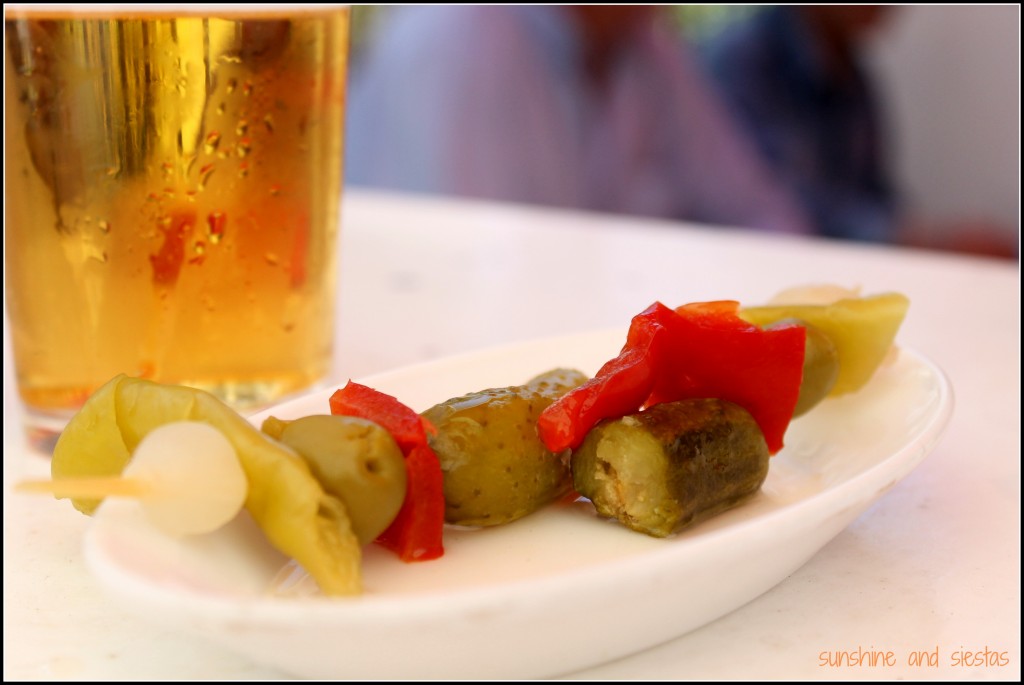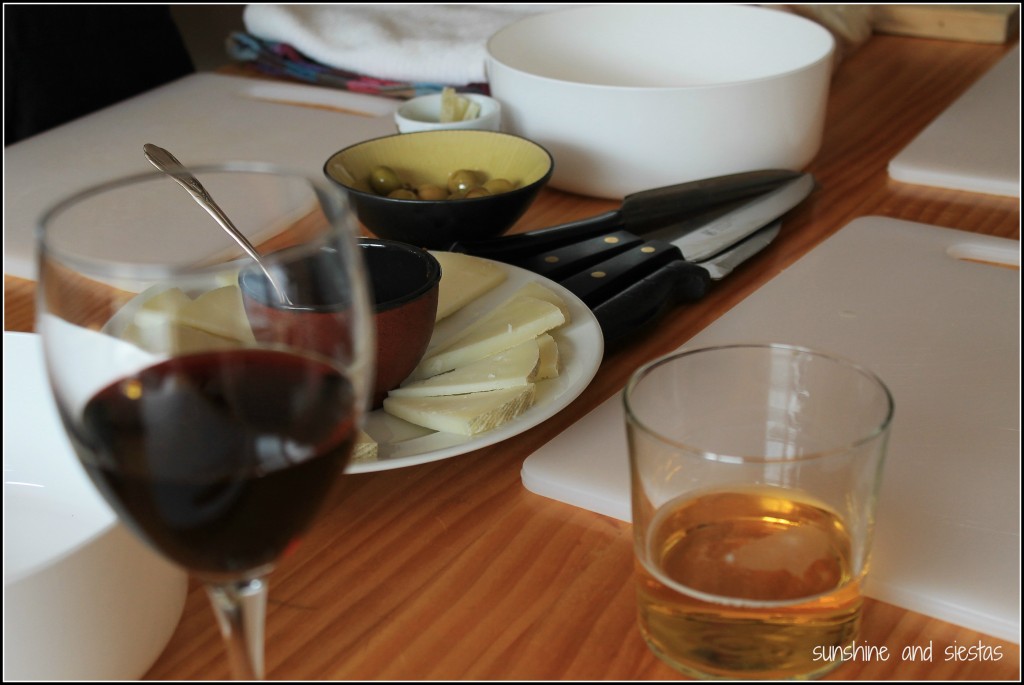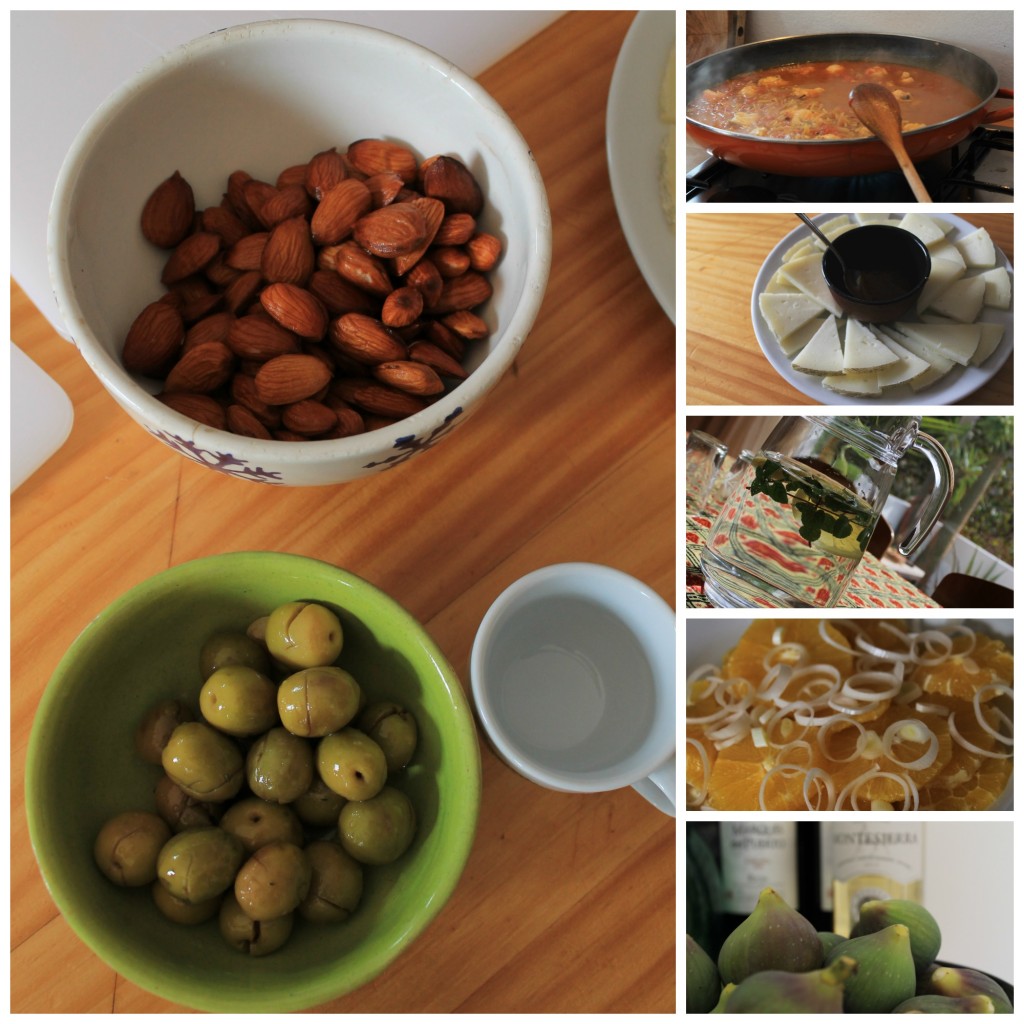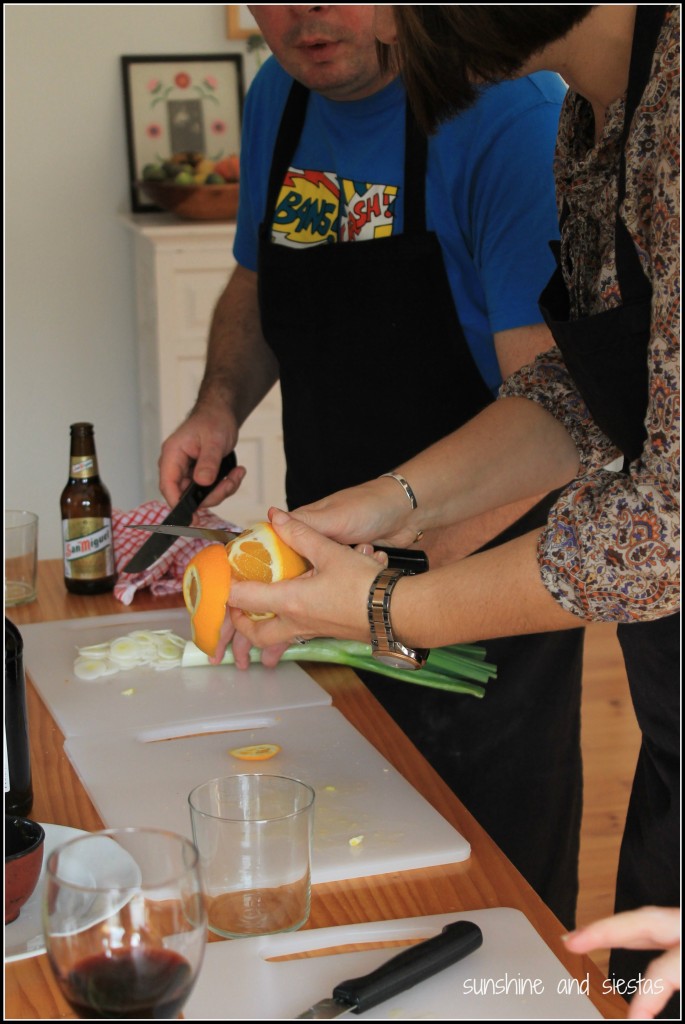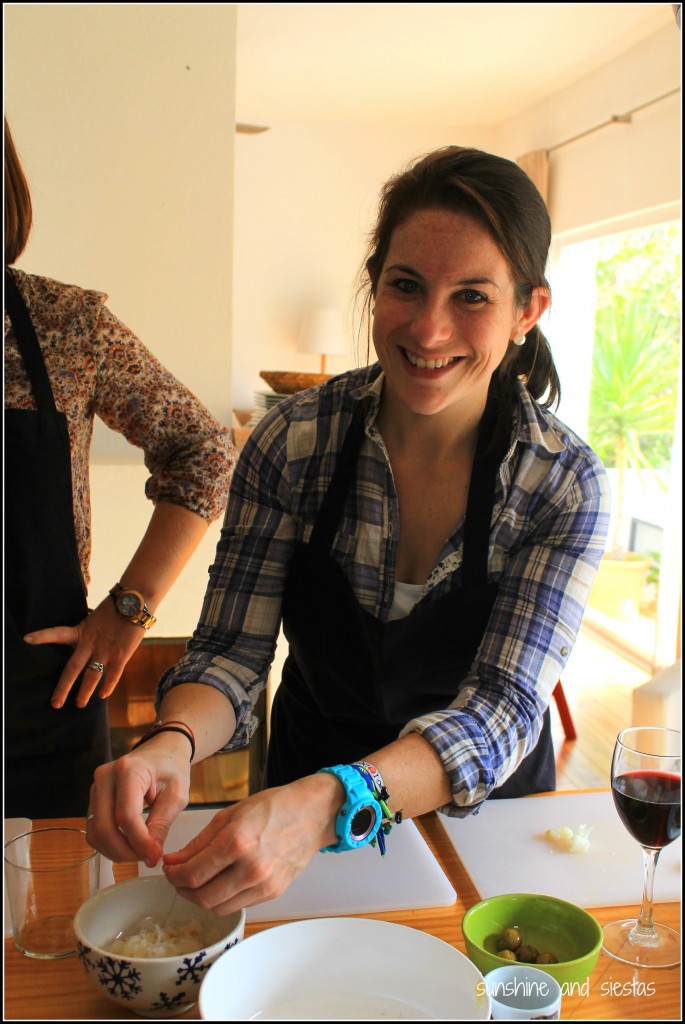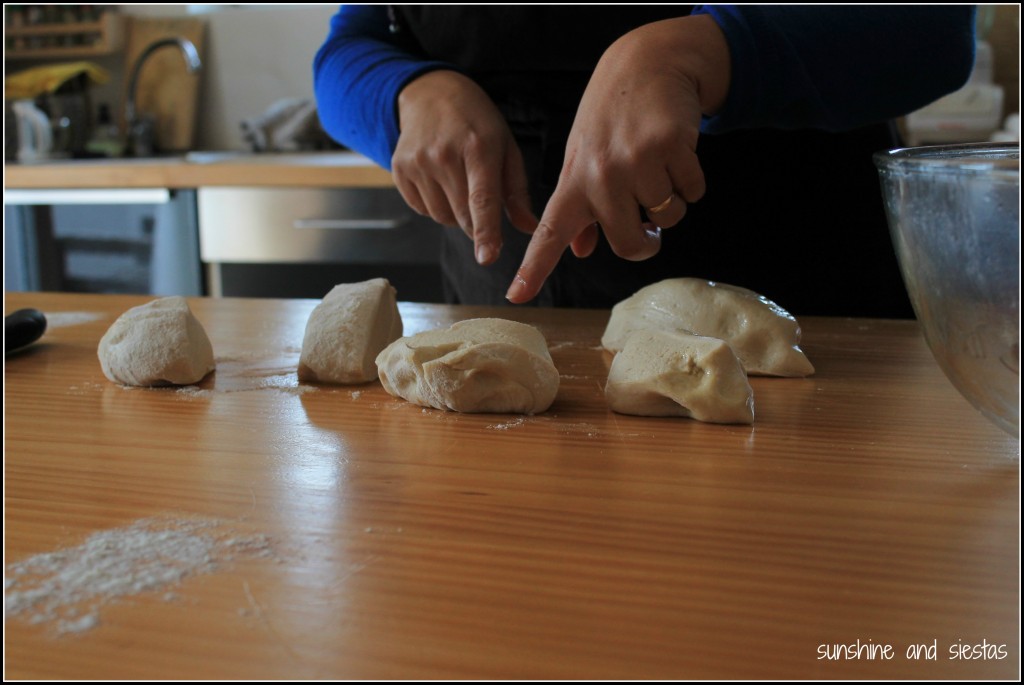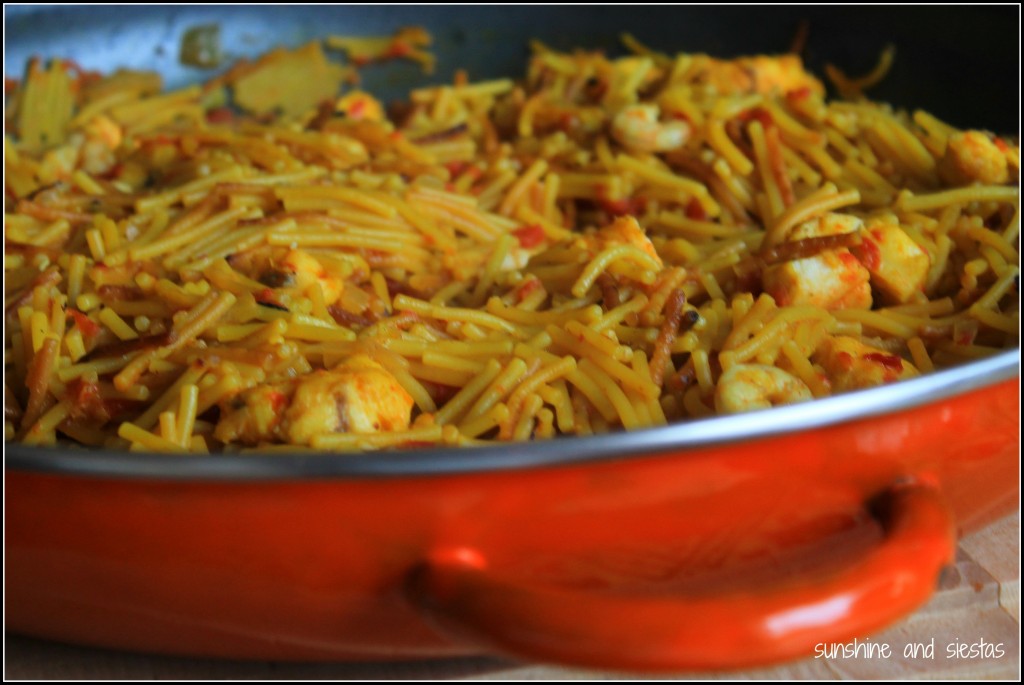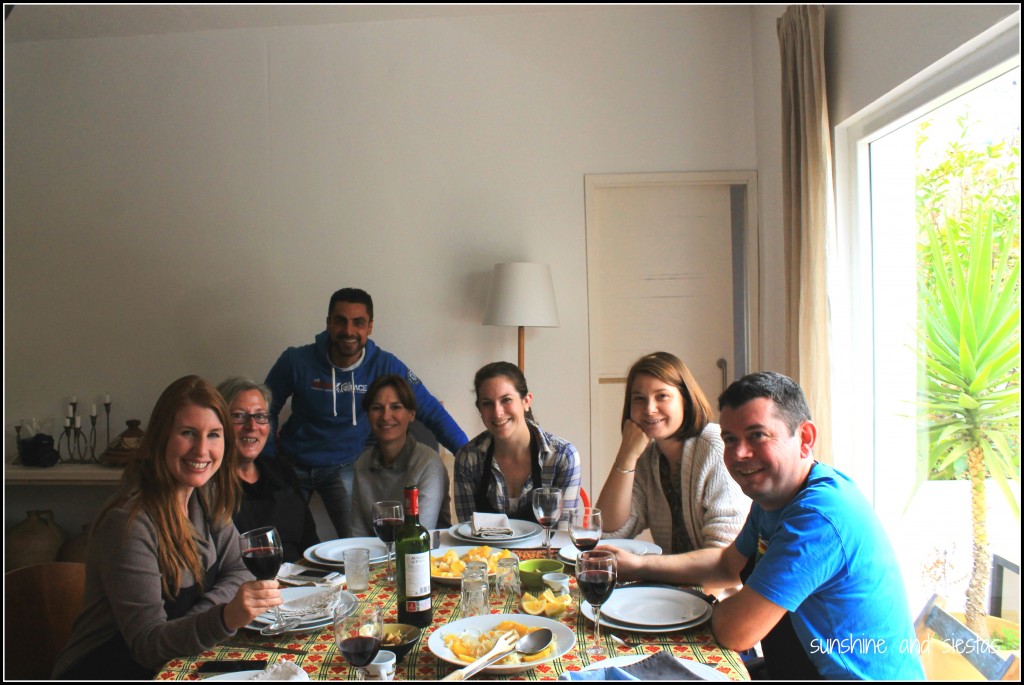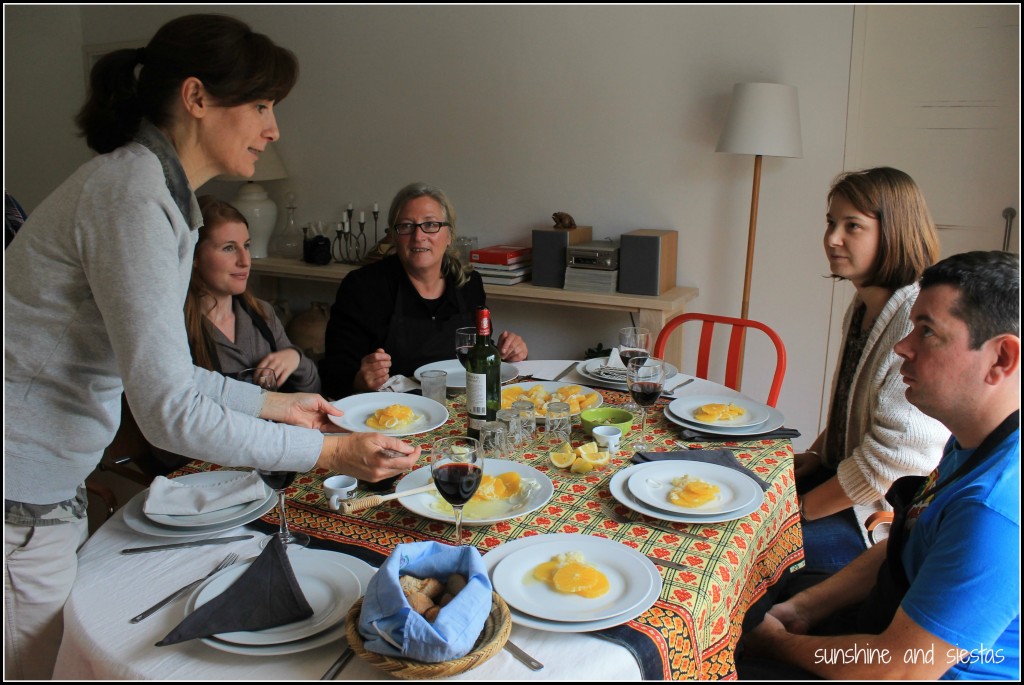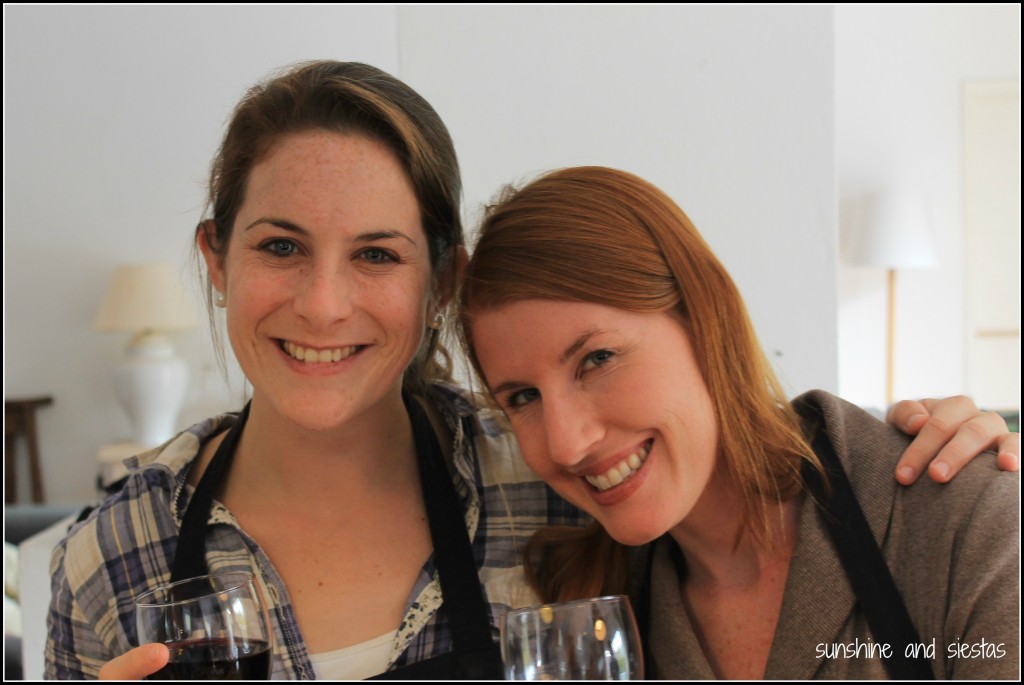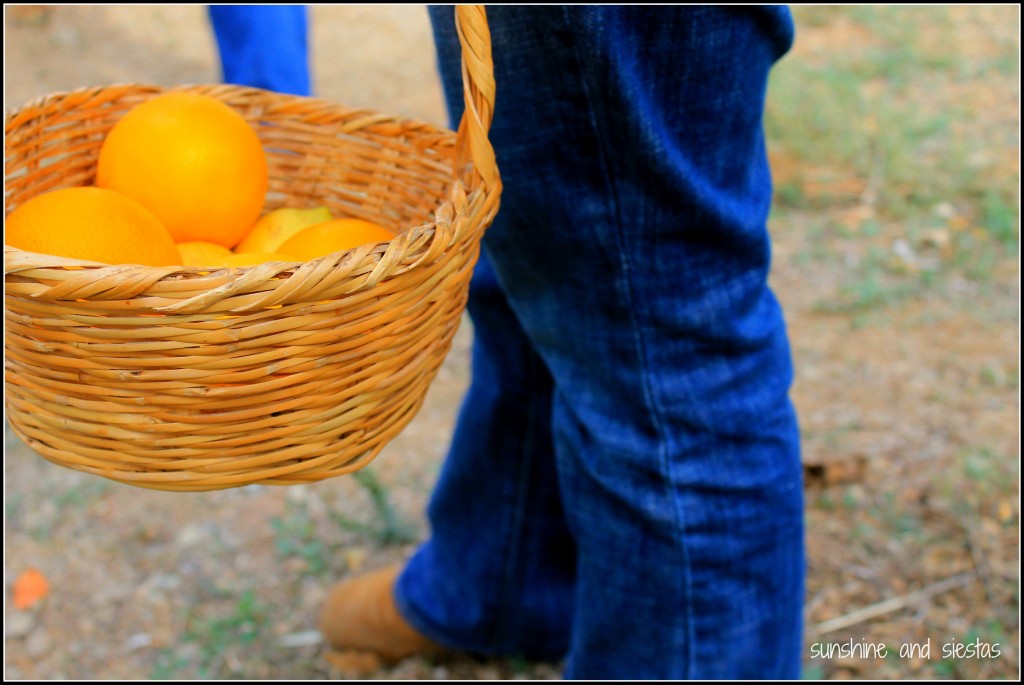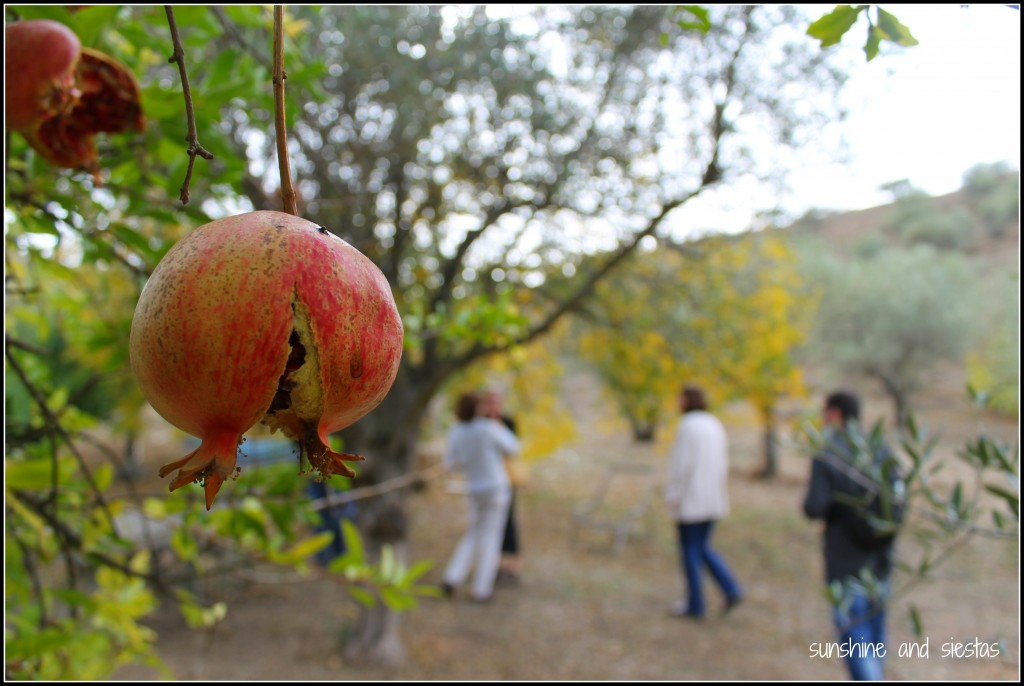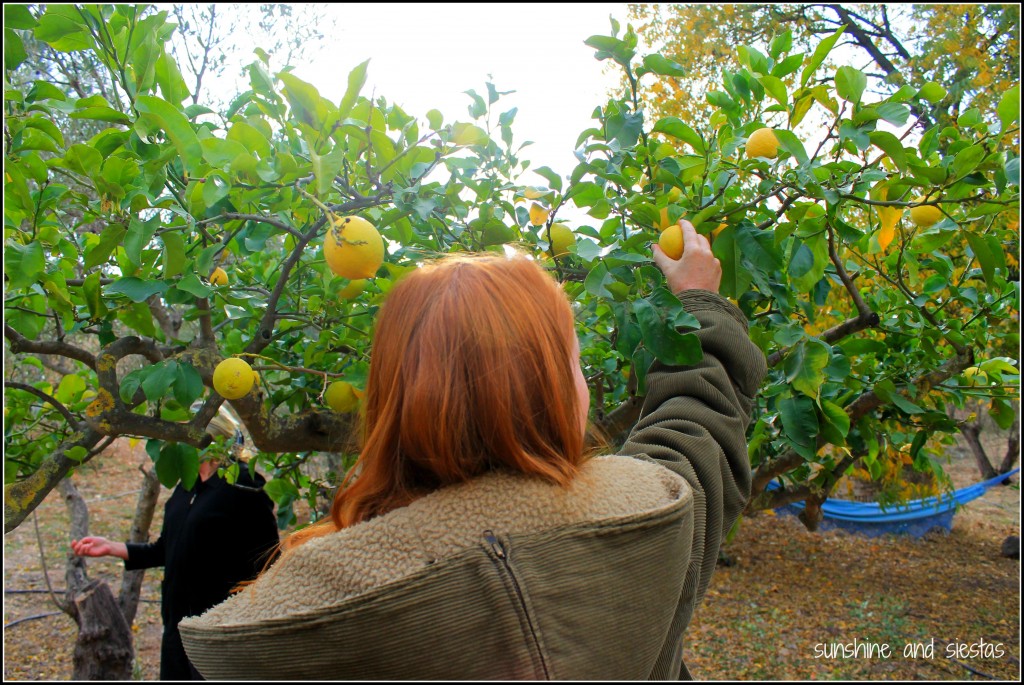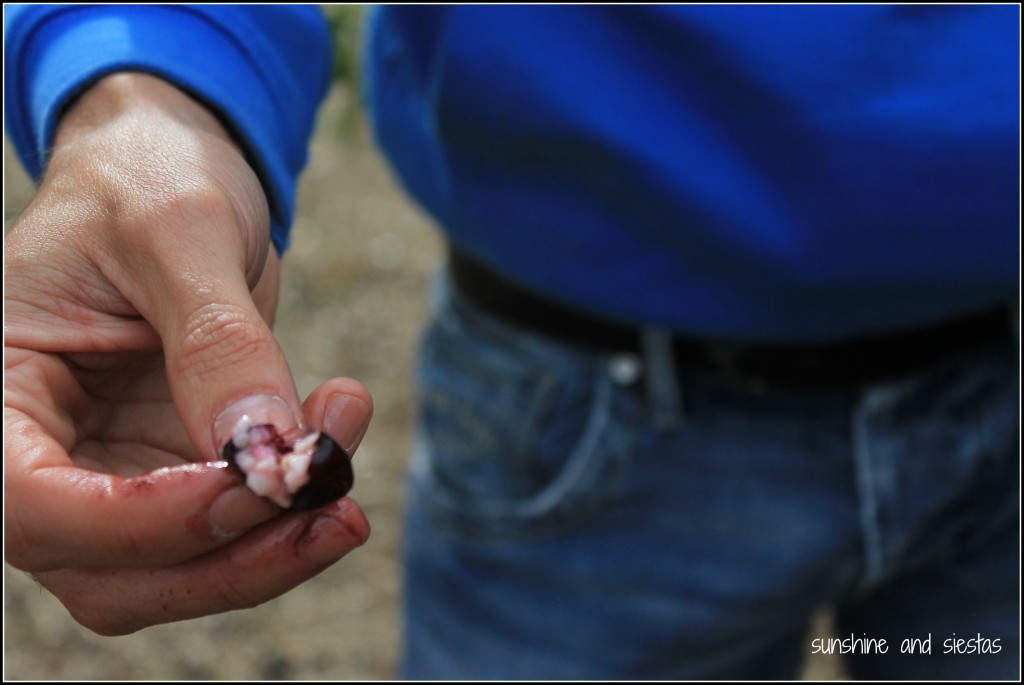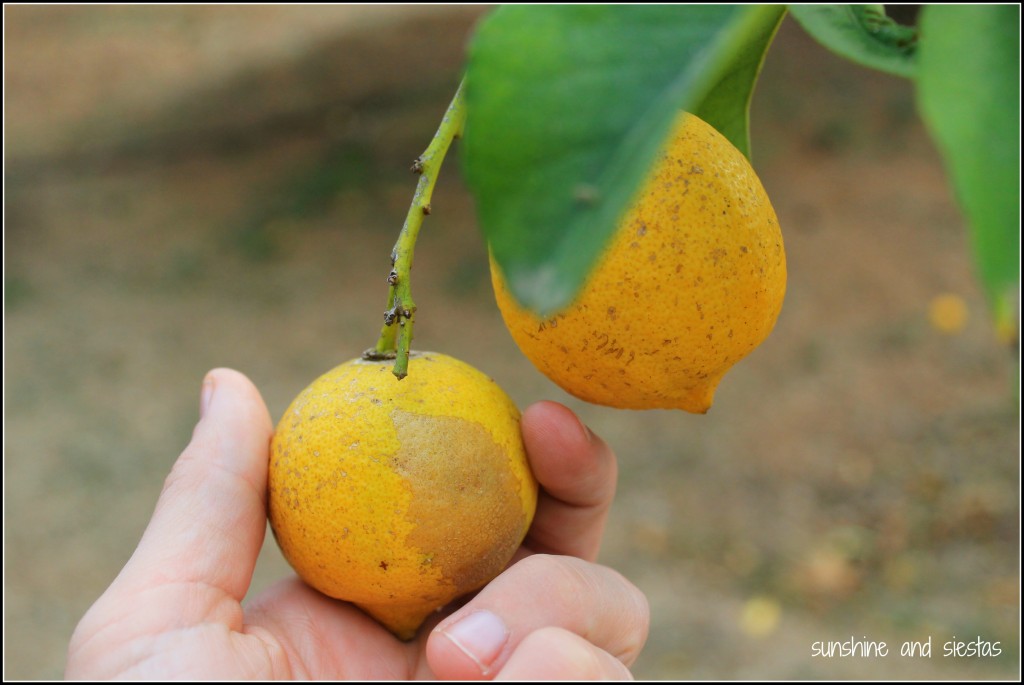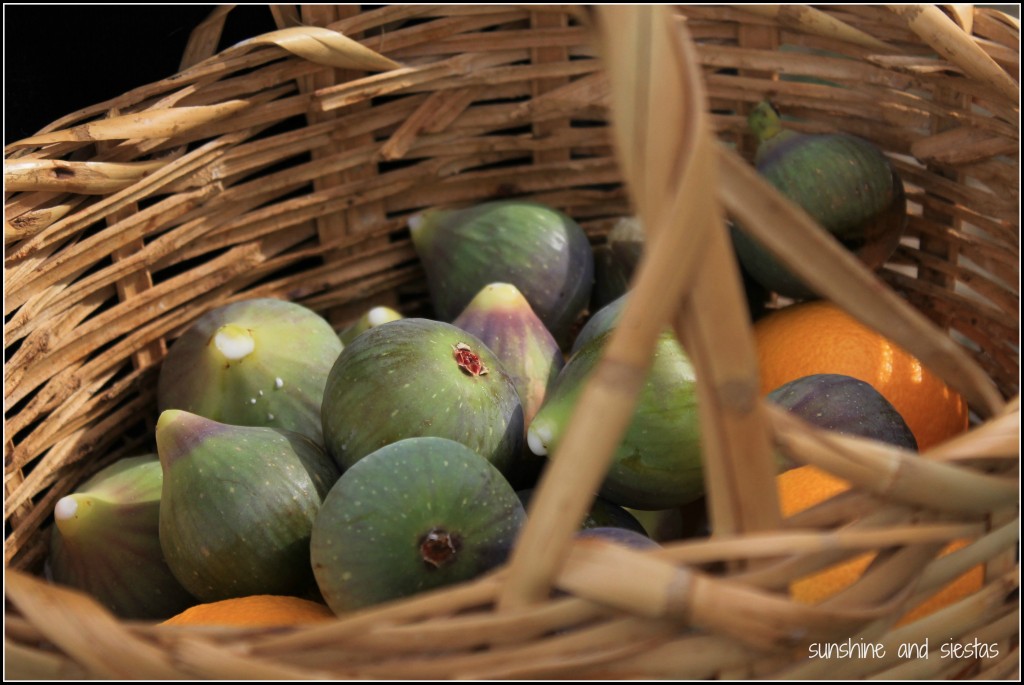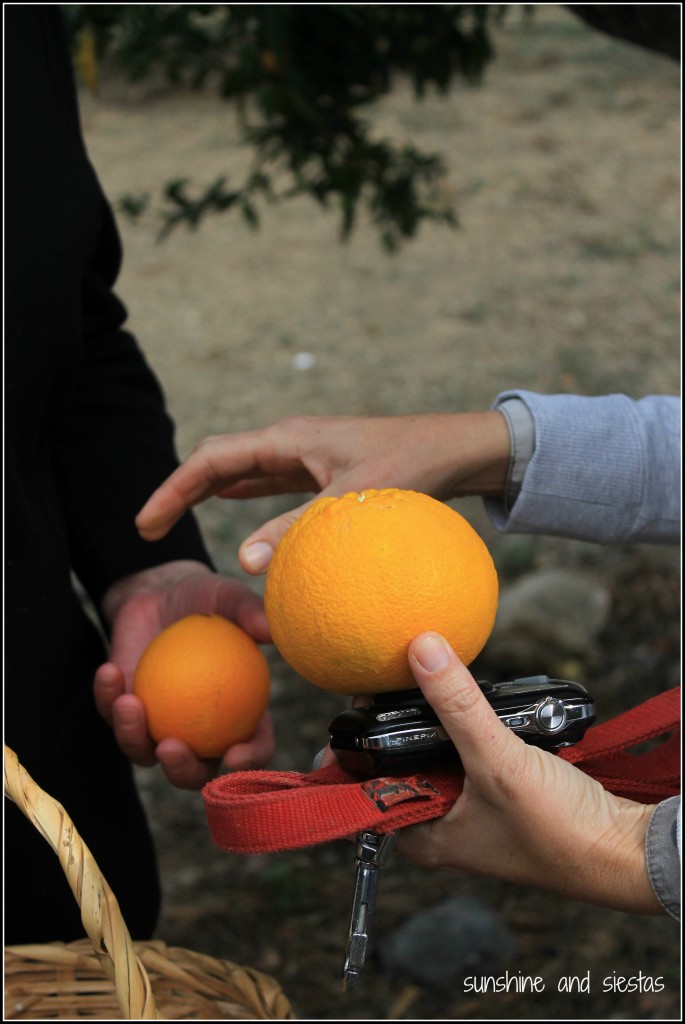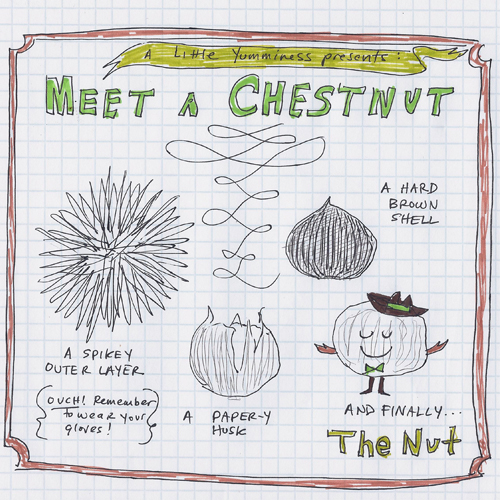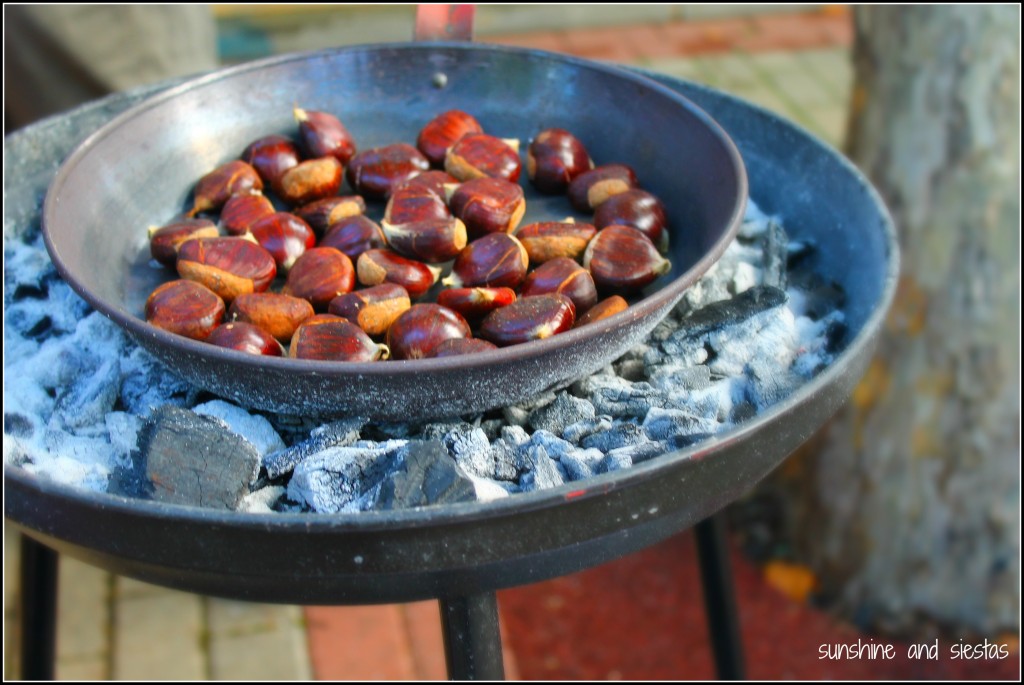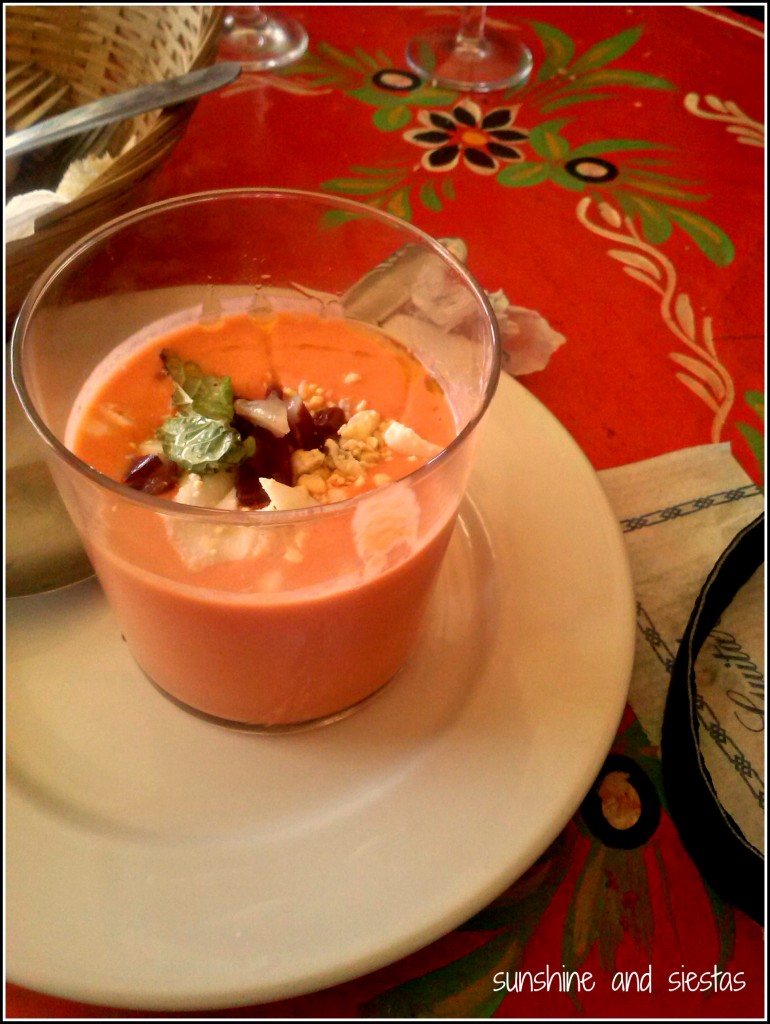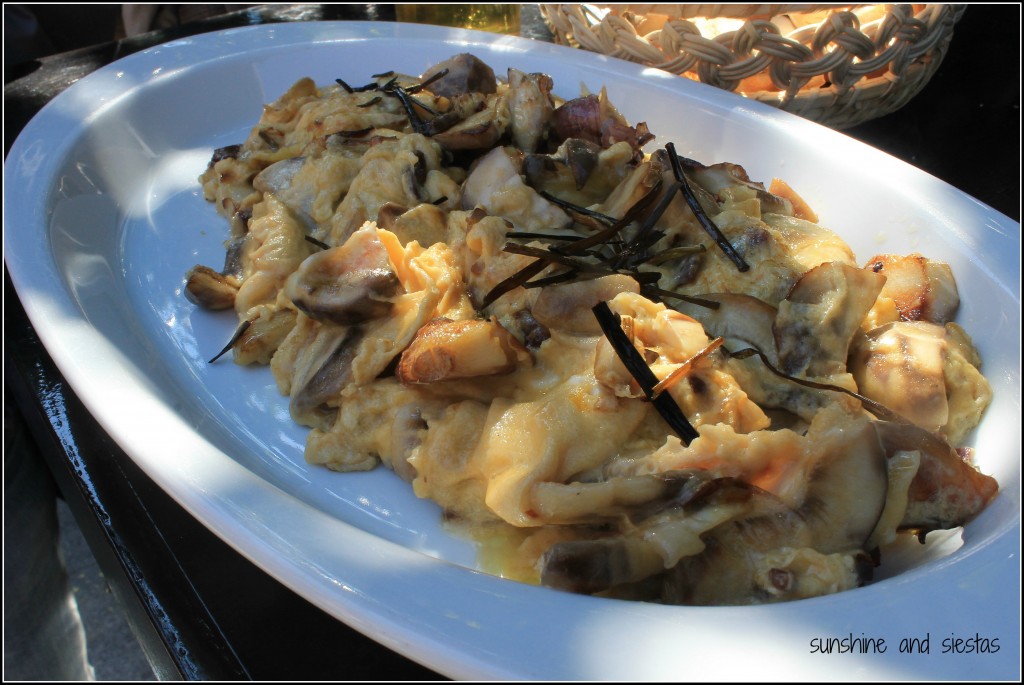Just as soon as it came, spring has left.
In other words, it’s already too hot to sleep.
My diet changes with the weather – just as soon as I’ve put away my heavy sweater, I stop eating lentejas. With my summer wardrobe comes gazpacho, salad, caracoles, fried fish and banderillas with my beer.
Where it comes from:
What it is: A banderillas is a snack that takes its name from the barbed sticks used in bullfighting (and, according to Google images, also the name of corn dogs). Pickled vegetables are stuck onto toothpicks and eaten in one bite. These vegetables can include gherkin pickles, red peppers, cebolletas, guindilla peppers and olives, and sometimes include anchovies or even chunks of cheese, depending on preferences.
Goes great with: Beer and a warm, sunny day! Just don’t drink them with wine – the banderillas are briny with a kick from the pepper and therefore kill the taste of a robust tinto.
Where to get them in Seville: The banderilla is great for parties, and you can buy pre-made jars at the supermarket or make them yourself at home. As something to matar el hambre after work, I’ll grab a tapa from La Melva (Cardenal Ilundain and Manuel Siurot) or any other old man bar.
What are your favorite bar snacks? Do you like banderillas?
